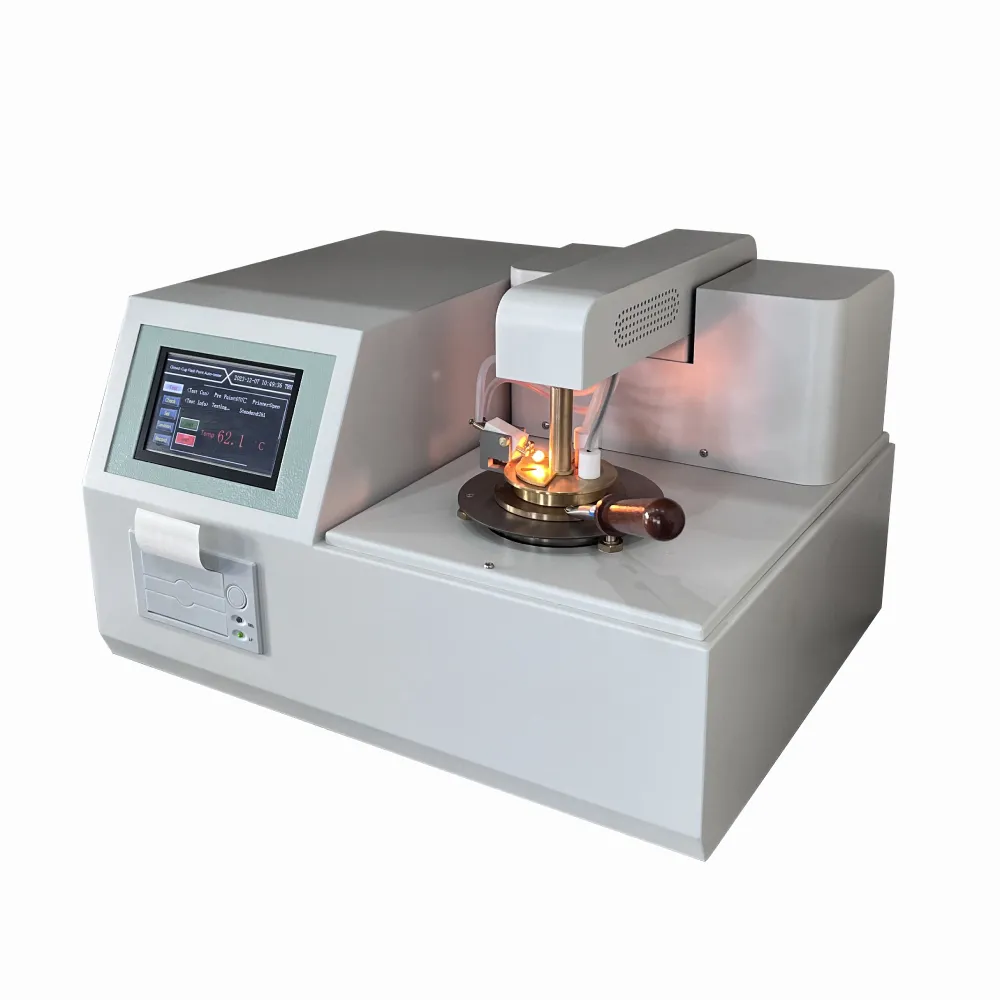 English
English


tan delta test set
Understanding the Tan Delta Test for Insulation Evaluation
The Tan Delta Test, also known as the Power Factor Test, is an essential diagnostic tool used primarily in the field of electrical engineering for assessing the health of insulation systems in high-voltage equipment. This testing method provides critical insights into the condition of insulation materials, helping to predict potential failures before they occur. Through this article, we will delve into the fundamentals of the Tan Delta Test, its significance, methodologies, and the interpretation of results.
What is the Tan Delta Test?
The Tan Delta Test is based on the measurement of the dielectric loss angle of insulation materials. The term tan delta refers to the ratio of the resistive (real) component to the reactive (imaginary) component of the current flow in insulating materials. Mathematically, it is expressed as
\[ \text{tan} \delta = \frac{\text{Resistive Current}}{\text{Reactive Current}} \]
In simple terms, tan delta reflects the efficiency of an insulator. An ideal insulator should have a tan delta value of zero, indicating that no energy is lost in the form of heat. However, in real-world applications, all insulation materials exhibit some level of dielectric losses, and therefore, a certain tan delta value is anticipated.
Importance of Tan Delta Testing
The significance of the Tan Delta Test cannot be overstated. Insulation systems in high-voltage electrical equipment, such as transformers, cables, and generators, are critical to the safe and efficient operation of power systems. Over time, insulation can degrade due to various factors, including thermal stress, moisture ingress, and electrical stress. This degradation can lead to catastrophic failures, resulting in costly downtime and potential hazards.
By conducting Tan Delta Tests, engineers can assess the insulation condition and identify any anomalies before they escalate. A rise in the tan delta value often indicates deterioration of insulation, which could be due to factors such as contamination, aging, or mechanical damage. Regular assessment through this methodology enables maintenance teams to schedule interventions, thereby extending the life of the equipment and ensuring operational safety.
Methodology of the Tan Delta Test
tan delta test set

Carrying out a Tan Delta Test typically involves the following steps
1. Preparation Equipment must be de-energized and properly grounded to ensure safety. Insulation to be tested should be clean and dried.
2. Measurement Setup A testing instrument, such as a tan delta tester, is connected to the high-voltage equipment. The setup generally includes a high-voltage source, a measurement circuit, and a grounding arrangement.
3. Test Execution The equipment is subjected to a high voltage (typically 0.1 to 1.5 kV AC, depending on the insulation class). The tester calculates current values and measures the phase angle between the voltage and current.
4. Data Collection The tester computes the tan delta value, along with other parameters such as capacitance. It also logs the data for further analysis.
5. Comparison The measured values are compared against baseline or historical data, as well as industry standards to determine the insulation health.
Interpreting Results
Interpreting tan delta results requires a keen understanding of the context. Typically, tan delta values below 0.5% are considered acceptable for most insulating materials. Values between 0.5% and 1.0% may indicate a warning level, suggesting a closer inspection is warranted. Values exceeding 1.0% often raise concerns about the reliability of the insulation, demanding immediate action, such as further testing or replacement.
Conclusively, the Tan Delta Test is a valuable tool in the maintenance and management of electrical insulation systems. By facilitating early detection of insulation failures, it aids in optimizing maintenance schedules, reducing operational risks, and enhancing overall system reliability. As industries continue to evolve toward higher performance standards and greater safety protocols, the Tan Delta Test remains a cornerstone of effective electrical insulation management.
-
Differences between open cup flash point tester and closed cup flash point testerNewsOct.31,2024
-
The Reliable Load Tap ChangerNewsOct.23,2024
-
The Essential Guide to Hipot TestersNewsOct.23,2024
-
The Digital Insulation TesterNewsOct.23,2024
-
The Best Earth Loop Impedance Tester for SaleNewsOct.23,2024
-
Tan Delta Tester--The Essential Tool for Electrical Insulation TestingNewsOct.23,2024





